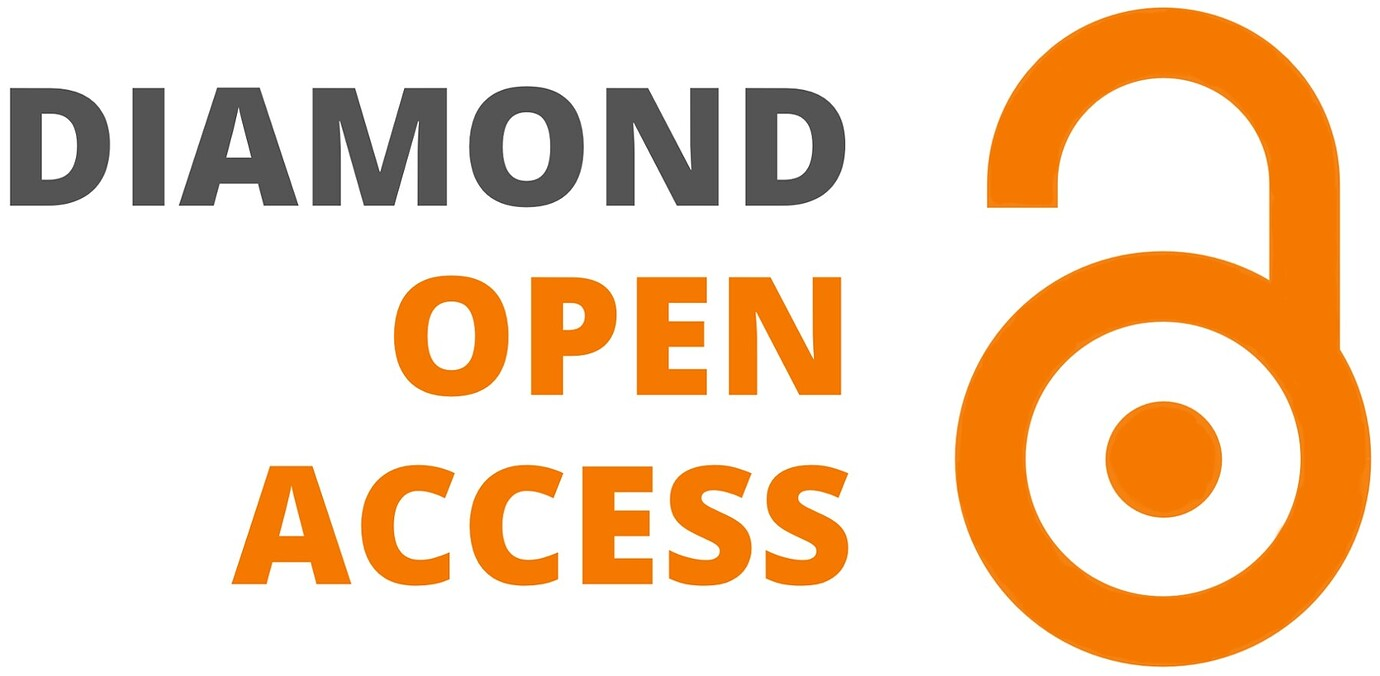Listening to one's voice: the impact of spectrogram visual feedback in voice therapy
Keywords:
Voice therapy, Spectrogram, Visual feedback, Self-awareness, Self-assessment, Self-perceptionAbstract
External feedback of the voice of patients is commonly used in voice therapy and one of the aims of voice therapy is to restore the self-perception of the voice and of its alterations, which is often disrupted, in dysphonic patients. With a spectrogram, many acoustical parameters, such as voice onset and voice quality, may be visualized on a screen. Literature indicates that the use of spectrogram in vocal therapy can foster self-awareness of acoustical vocal parameters and increase the patients' motivation and autonomy. We conducted a case-control study on 4 patients in a series of three one-hour voice training sessions with a spectrogram. We also performed a statistical analysis of self-assessment exercises and reports on the use of the spectrogram in a 19 patients population. Our conclusion is that spectrogram visual feedback associated with the voice therapist’s comforting attitude can have a positive impact on the therapeutic relationship and on the image the patient has of his voice, especially quality of resonance and voice onset. Spectrographic voice analysis leads to a better comprehension of the numerous acoustic parameters of the voice even though no systematic impact on the quality of vocal behavior was observed. Voice therapists play a major role in voice rehabilitation and we recommend the use of spectrogram visual feedback to enhance their efficiency.




